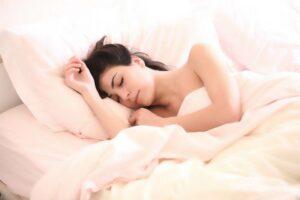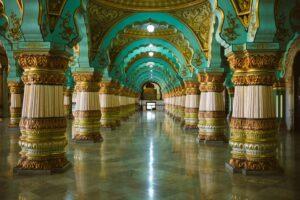Lighting refers to the use of light sources to illuminate indoor and outdoor spaces for functional or aesthetic purposes. Good lighting can enhance the atmosphere of a space, improve visibility and safety, and highlight specific features or objects.
There are various types of lighting, including natural lighting from the sun and artificial lighting from light bulbs and other sources. Natural lighting is typically preferred for its aesthetic qualities and health benefits, such as improved mood and circadian rhythm. However, artificial lighting is necessary in spaces where natural lighting is not available or sufficient.
In indoor spaces, lighting can be designed to serve various functions, including ambient lighting, which provides overall illumination; task lighting, which is focused on specific areas for performing tasks such as reading or cooking; and accent lighting, which is used to highlight specific objects or features. The choice of lighting depends on the intended use of the space and the desired atmosphere.
In outdoor spaces, lighting is often used for safety and security purposes, such as illuminating pathways and entrances, and to highlight landscaping or architectural features. Outdoor lighting can also enhance the aesthetic appeal of a property and create a welcoming atmosphere.
The design of lighting systems requires careful consideration of several factors, including the type of light source, the placement and direction of fixtures, and the use of lighting controls, such as dimmer switches and timers. The use of energy-efficient lighting, such as LED bulbs, can also help reduce energy costs and environmental impacts.
Lighting
Related Semantic Entities for Lighting

